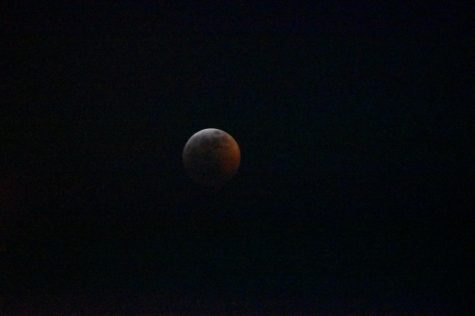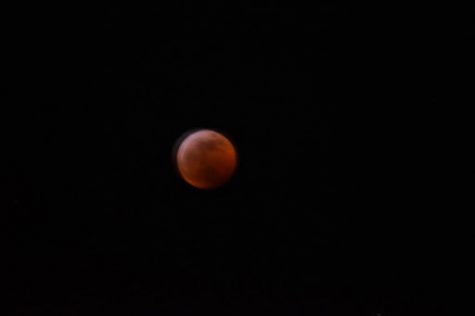Total Lunar Eclipse 2019
January 28, 2019


As Sunday night approached, many residents were waiting to view the moon, cameras and smartphones poised for action.
As the last white slivers of the moon we recognize started to disappear, it finally lit up red, and was marked as the first total lunar eclipse of this year. Another pleasant surprise was the clear night sky, which is usually blanketed by rain clouds in the Pacific Northwest. With this addition, the lunar eclipse was even more prominent in the sky, along with the stars.
Not only that, but this spectacle was visible all across North and South America, Western Europe, and North Africa, and has the alternative name of the “Super Blood Wolf Moon.” It is an interesting name, considering it is more generally called a blood moon. Although total lunar eclipses are a rare enough sight, it also happened to be a super moon, an even more extraordinary combination.
This was also the last total lunar eclipse to occur for a while, the next one to happen in May 2021. Other eclipses expected to occur will only be partial, or less. This “Super Blood Wolf Moon” may also be reminiscent to some of the Great American Eclipse two years ago, where such a phenomenon bore similarities to the lunar eclipse. Gathering large crowds, snapping many wondrous photos to share and the rarity of it all. While to few, a lunar eclipse may seem not that much of a big deal, it was one of the last people will see for a while.


